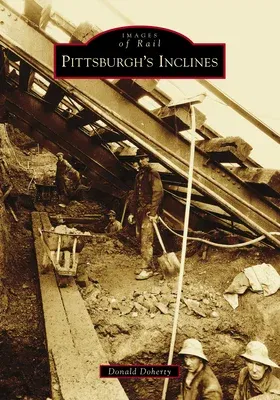Donald Doherty
(Author)Pittsburgh's InclinesPaperback, 25 June 2018

Qty
1
Turbo
Ships in 2 - 3 days
In Stock
Free Delivery
Cash on Delivery
15 Days
Free Returns
Secure Checkout

Part of Series
Images of Rail
Print Length
96 pages
Language
English
Publisher
Arcadia Publishing (SC)
Date Published
25 Jun 2018
ISBN-10
1467127809
ISBN-13
9781467127806
Description
Product Details
Author:
Book Format:
Paperback
Country of Origin:
US
Date Published:
25 June 2018
Dimensions:
23.37 x
16.51 x
0.76 cm
ISBN-10:
1467127809
ISBN-13:
9781467127806
Language:
English
Pages:
96
Publisher:
Series:
Weight:
272.16 gm